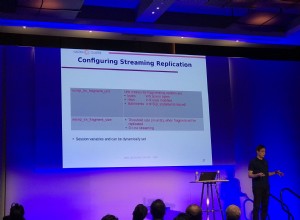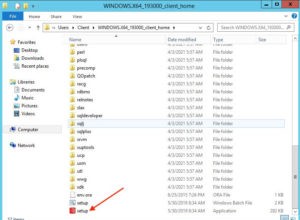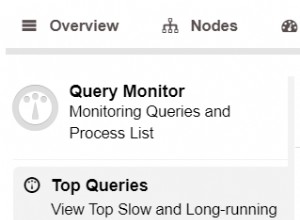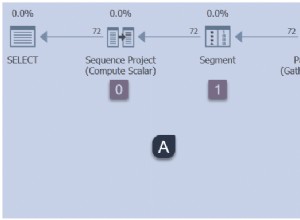Voici votre première requête :
SELECT A.log_type, count(*) as distinct_count, sum(A.total_count) as total_count
from (SELECT log_type, count(subscriber_id) as total_count
FROM stats.campaign_logs
WHERE domain = 'xxx' AND campaign_id = '12345' AND
log_type IN ('EMAIL_SENT', 'EMAIL_CLICKED', 'EMAIL_OPENED', 'UNSUBSCRIBED') AND
DATE(CONVERT_TZ(log_time,'+00:00','+05:30')) BETWEEN DATE('2015-02-12 00:00:00') AND DATE('2015-02-19 23:59:58')
GROUP BY subscriber_id,log_type) A
GROUP BY A.log_type;
Il est préférable de l'écrire :
SELECT log_type, count(DISTINCT subscriber_id) as total_count
FROM stats.campaign_logs
WHERE domain = 'xxx' AND campaign_id = '12345' AND
log_type IN ('EMAIL_SENT', 'EMAIL_CLICKED', 'EMAIL_OPENED', 'UNSUBSCRIBED') AND
DATE(CONVERT_TZ(log_time, '+00:00', '+05:30')) BETWEEN DATE('2015-02-12 00:00:00') AND DATE('2015-02-19 23:59:58')
GROUP BY log_type;
Le meilleur index à ce sujet est probablement :campaign_logs(domain, campaign_id, log_type, log_time, subscriber_id) . Il s'agit d'un index de couverture pour la requête. Les trois premières clés doivent être utilisées pour le where filtration.




